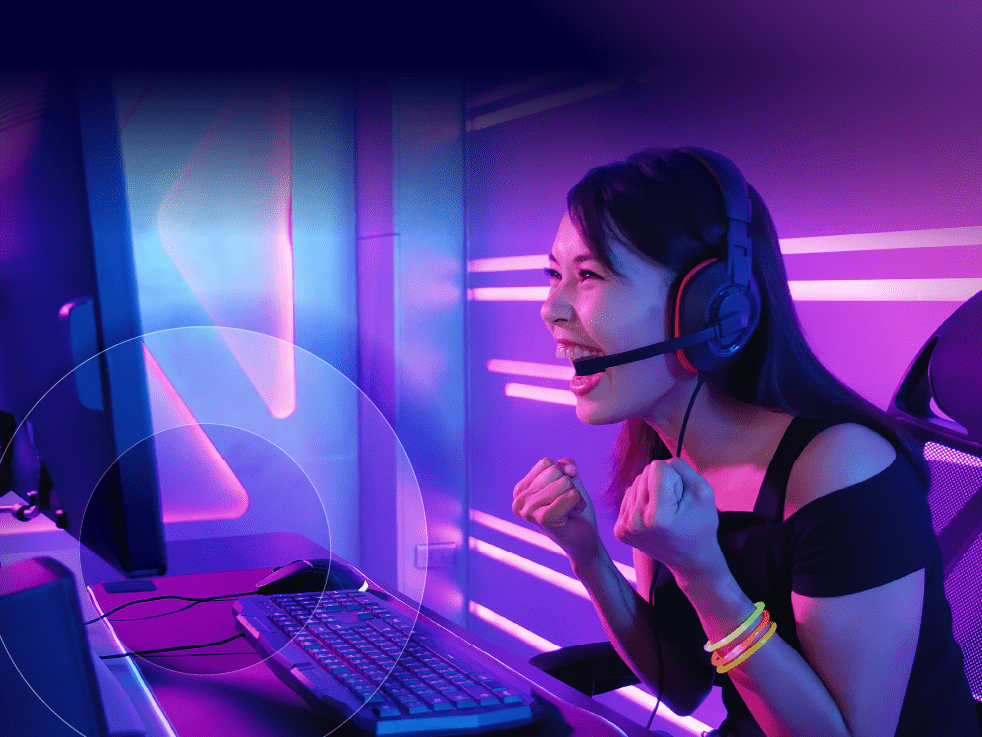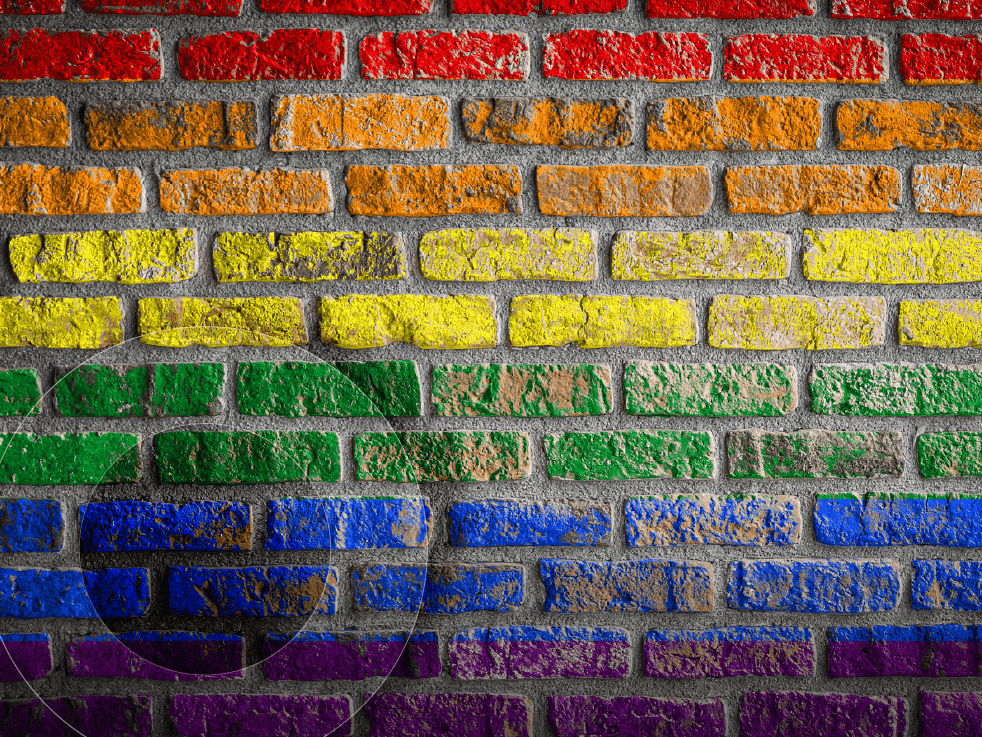Global Accessibility Awareness Day – Designing for Inclusion

I have to admit that I wasn’t previously aware of Global Accessibility Awareness Day (GAAD) which this year is on May 20th, but it came up in a recent conversation with Keith Instone, a colleague in Stratascale’s Innovation Labs. As a UX professional, accessibility is something that he is passionate about and has been involved in throughout his career.
Originally, I was going to put together a quick post highlighting some of the available sessions and pointing out that the pandemic has made these events more accessible (pun intended) globally by moving many of them online. Keith has highlighted events by an interaction design group in Atlanta, a UX agency, a Brazil UX local chapter, in Belgium, and one by his UX peers in Cleveland as being on his list to attend this year. He told me that “one of the best parts of GAAD has been spending the day with disability advocates, who provide stories of how technology had made many of their constituents’ lives better.”
Keith went on to explain:
“When user experience practitioners convene about accessibility, we tend to talk about best practices for universal design and web accessibility evaluation tools that we can apply while we are doing our user experience work for all audiences. A common strategy for us is to include ‘accessibility work’ in with our everyday ‘good design’ activities, instead of designing for ‘normal’ people and then separately designing for ‘disabled’ people. That is, we take the ‘curb cut’ approach. In the physical world, curb cuts help people with wheelchairs, but they also help parents with strollers and people on bikes. Curb cuts are just plain good design, for people in many situations.
“The book Mismatch explains this by talking about abilities (not disabilities) and mismatches between abilities and technology. For example, you can design a system to be usable in low-vision and no-vision contexts, making sure the technology works even when users cannot see the screen details. Yes, that may be because they are blind. But it could also be someone driving a car (keeping their eyes on the road, not on the screen), in dimly-lit workplaces, or outdoors in bright sunlight. Or someone like me who is getting older and starting to find small, low-contrast text is hard to read.”
Designing for ourselves
And what really struck me here was the point that we so often design for ourselves – our needs, our perspective – and in doing so exclude anyone who is different. And that’s different from the point of view of preferences, cultural norms, language, gender as well as disability. Left-handedness, being shorter or taller than normal, heavier or lighter than average, can all mean that there are times that the way the world is designed doesn’t work for us in our current situation. And the more we design for the ‘average’ the more reinforced that becomes as the norm, the less accessible the world is to those who don’t (or won’t) conform, and the less accepting we have become as a society of those who don’t conform to our expectations.
While it is easy to talk about accessibility as a way of including people with specific disabilities, Keith’s point above emphasizes that we need to change our way of thinking and ensure that we’re not designing – whether technology, workplaces, processes, transportation – to exclude users who are different from us. Another book, Invisible Women, highlights how data bias leads to a world designed to exclude women. It’s clear that any one of us that doesn’t conform to ‘average’ is at risk of being to some extent ‘disabled’ by the world around us. I recently came across a discussion about the standard height of kitchen surfaces being an issue for wheelchair users, which immediately resonated not only with those below average height, but also tall people who struggle with them.
Cognitive accessibility
For more on thinking about design in terms of ‘not disabling’ users rather than enabling those with specific disabilities, I recommend starting with this video, where the presenter talks candidly about trying to conform to the world around him at work, and his realization that he had been employed to be himself, not the person he was pretending to be in order to fit in.
Accessibility benefits all of us, and as our workplaces become more diverse so we will gain a greater understanding of how to improve the work environment for everyone. We’ll also see the benefits in the products and services we provide to our customers through understanding the importance of difference rather than focusing on commonalities. There’s been a lot of discussion about diversity needing to include not just external characteristics such as gender, race or disability, but ‘diversity of thought’ which comes from diversity of experience and exposure to those who are different to us.
I’ve added a few events to my diary for tomorrow, including this one on Digital Innovation, and a session in Stockholm on accessibility culture at work. We hope that Global Accessibility Awareness day will help you change your perspective on how technology should be designed.




